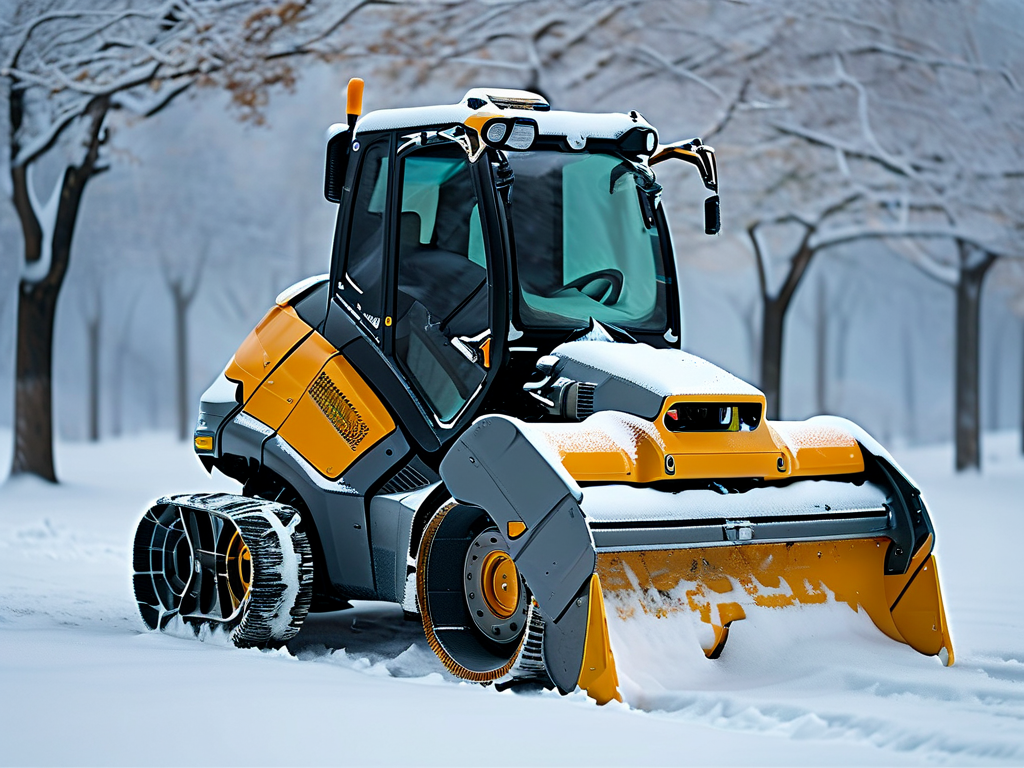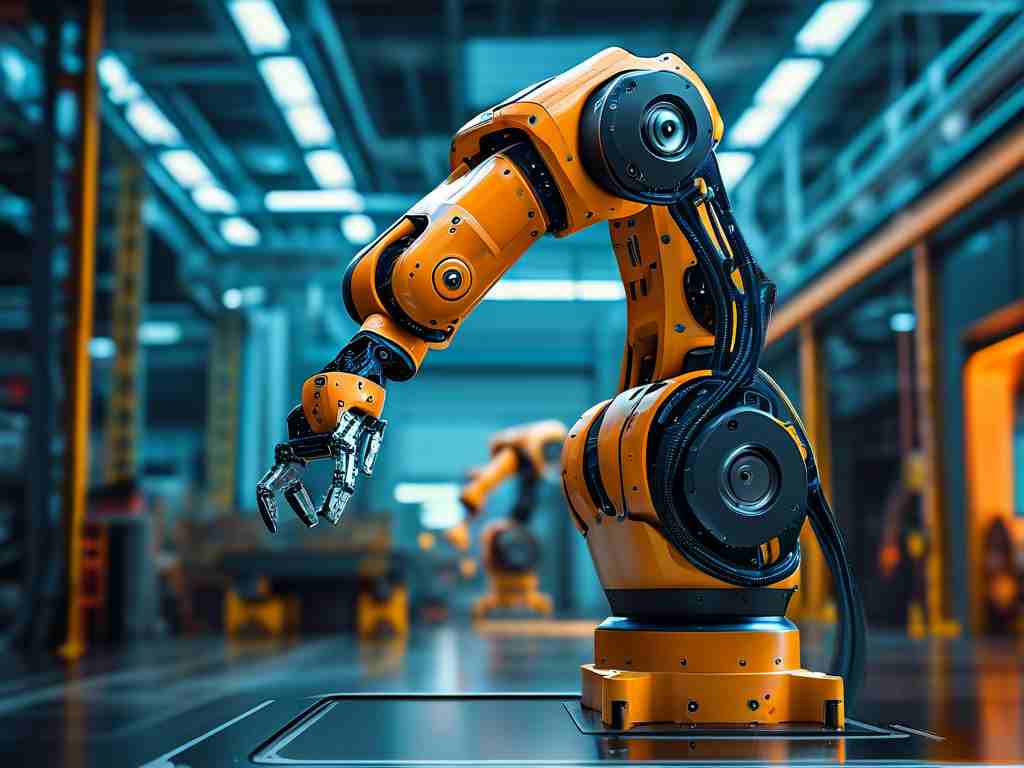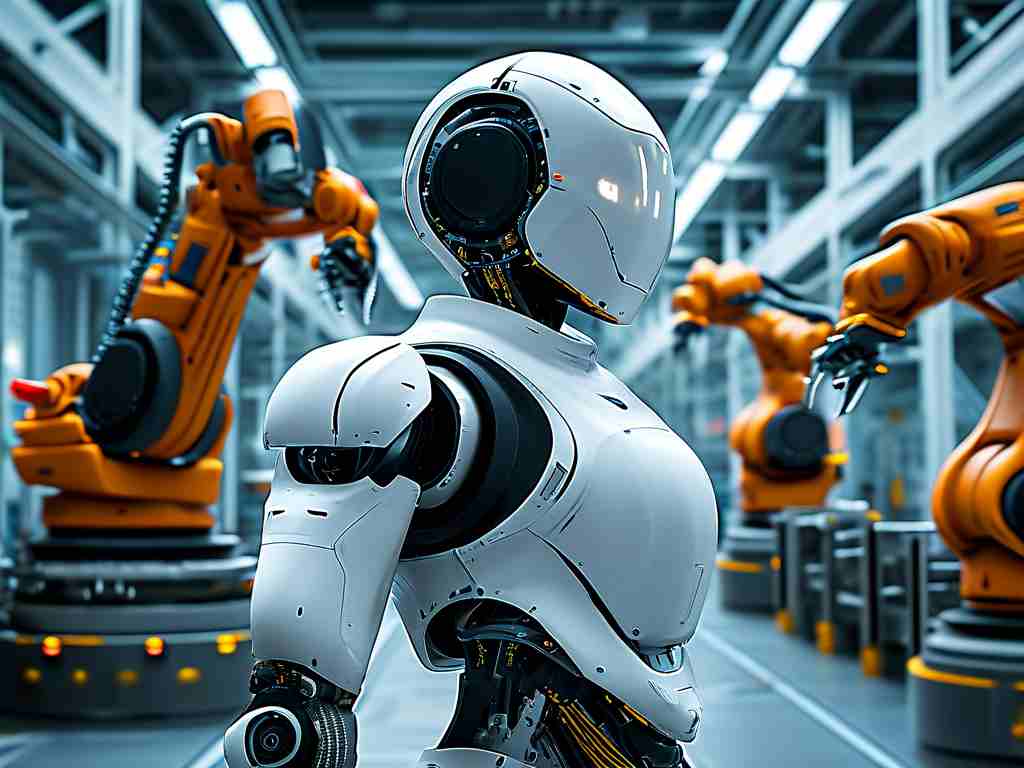As winter storms intensify across northern regions, robotic snow removal systems are emerging as a transformative solution for residential and commercial applications. This article explores the engineering principles, operational mechanisms, and practical implementations of these autonomous devices while addressing their limitations and future potential.

Core Technologies Behind Robotic Snow Removal
Modern snow-clearing robots rely on a fusion of multi-sensor navigation and adaptive power systems. Lidar and infrared sensors enable real-time environmental mapping, allowing devices to detect obstacles like parked vehicles or garden decorations with millimeter precision. Unlike traditional snowblowers, these machines utilize machine learning algorithms to differentiate between snow types – from light powder to compacted ice – adjusting blade speed and auger torque dynamically.
The propulsion system often combines rubber tracks with heated treads, a design inspired by Arctic exploration vehicles. This configuration prevents ice buildup while maintaining traction on slippery surfaces. Some models integrate solar-assisted battery packs that extend operational time by 25% during daylight hours, though challenges persist in extreme sub-zero conditions where lithium-ion efficiency drops.
Deployment Scenarios and User Benefits
Residential adoption has surged in regions like Scandinavia and Canada, where homeowners value 24/7 autonomous operation. The Husqvarna Automower Snow Edition, for instance, follows pre-mapped yard boundaries while avoiding delicate landscaping features. Commercial implementations show greater complexity: Walmart recently tested a fleet of warehouse-modified robots that clear parking lots while simultaneously scanning license plates for security purposes.
Economic analyses reveal surprising ROI timelines. A 2022 study by the Winter Tech Institute showed that robotic systems reduce municipal snow removal costs by 18-32% over five years, factoring in reduced equipment maintenance and overtime labor. However, the initial investment remains steep, with commercial-grade units costing $12,000-$45,000 depending on clearing capacity.
Technical Limitations and Workarounds
Current models struggle with snowdrift recognition and mixed precipitation events. During the 2023 Buffalo snow crisis, several units malfunctioned when encountering ice-encased snow layers exceeding 18 inches. Manufacturers are responding with hybrid designs – Denso’s latest prototype uses ultrasonic vibration modules to shatter thick ice before removal.
Battery performance remains a critical constraint. While Tesla’s Cold Weather Package (adapted for snow robots in 2024) improves low-temperature operation, most units still require sheltered charging stations below -15°C. Researchers at MIT’s Robotics Lab recently demonstrated a hydrogen fuel cell alternative capable of continuous 72-hour operation, though commercialization timelines remain uncertain.
Regulatory Landscape and Safety Protocols
The of autonomous snow equipment has prompted new safety standards. UL 3300 certification now mandates:
- Emergency stop response under 0.8 seconds
- Child/pet detection within 3-meter radius
- Data encryption for GPS mapping systems
Insurance providers have developed specialized policies covering robotic snow removal liabilities. Nationwide’s “AutoSnow Coverage” includes provisions for sensor malfunctions causing property damage, reflecting growing mainstream acceptance.
Future Developments in the Field
Next-generation models aim to integrate weather prediction APIs and swarm intelligence. Colorado-based startup Glacier AI is testing a system where multiple robots coordinate via mesh networking to clear large areas sequentially. Preliminary results show 40% faster clearance times compared to individual units.
Material science breakthroughs could revolutionize component durability. University of Alberta researchers developed a graphene-coated auger blade that reduces ice adhesion by 67%, dramatically lowering energy consumption. Meanwhile, Boston Dynamics’ recent entry into the market with their “SpotSnow” model demonstrates quadrupedal robots’ potential for navigating staircases and uneven terrain.
As climate patterns evolve, robotic snow removal stands poised to become essential urban infrastructure. While not yet capable of replacing all traditional methods, these systems offer a compelling blend of efficiency and automation that reshapes our approach to winter maintenance. Municipalities and consumers alike must weigh the technology’s current capabilities against operational requirements, keeping pace with an industry projected to grow 19% annually through 2030.









